Contents
- 1 Introduction: Tibet as the Battleground of Power and Control
- 2 The Political Struggle for Tibet: China vs. the Dalai Lama
- 2.1 The Historical Context: Tibet Before and After Annexation
- 2.2 China’s Annexation of Tibet (1950)
- 2.3 RelatedPosts
- 2.4 Unmasking the Killers: BBC Africa Eye’s ‘Blood Parliament’ Exposes Fatal Shootings During Kenya Finance Bill Protests
- 2.5 Pope Francis’ Legacy: A Pope for the Poor, the Marginalized, and Global Unity
- 2.6 Trump – Zelensky Spat: Is the Age of Modest Pretense Gone?
- 2.7 China’s Economic and Military Strategy
- 3 The Human Cost of Tibet’s Annexation: Repression, Surveillance, and Resistance
- 4 China’s Strategic Use of Tibet’s Resources for Regional Influence
- 5 The Environmental Impact of China’s Exploitation of Tibet’s Water Resources
- 6 The Struggle for Tibet’s Independence: Geopolitical Implications for South Asia and Beyond
- 7 The Faltering Role of the International Community: Silence and Complicity
- 8 The Dalai Lama and Tibet’s Spiritual Struggle
- 9 Potential Solutions to the Tibetan Crisis and the Role of the International Community
- 10 Conclusion: Tibet’s Ongoing Struggle in a Changing World
Introduction: Tibet as the Battleground of Power and Control
Tibet, an expansive and remote plateau nestled in the heart of Asia, has long stood at the crossroads of history, geopolitics, and cultural identity. Once an autonomous region rich with spiritual traditions centered on Tibetan Buddhism and the leadership of the Dalai Lama, Tibet was annexed by China in 1950, setting off decades of political and social turmoil. The forced annexation and subsequent oppression of the Tibetan people are part of a broader struggle for sovereignty, culture, and identity in the face of Chinese colonialism. Yet, despite international attention on Tibet’s human rights abuses, the world’s reaction has been largely one of muted condemnation, with minimal concrete action against Beijing.
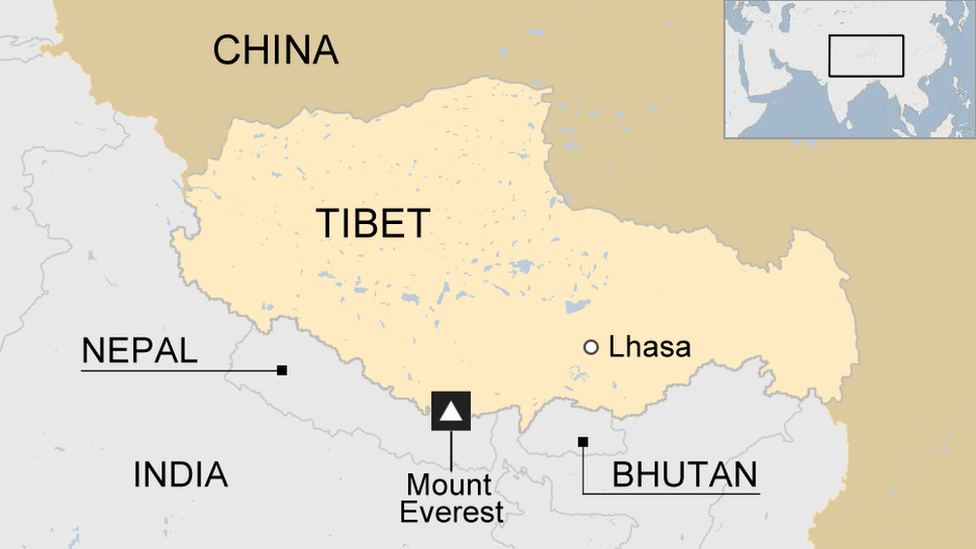
Today, the power struggle over Tibet has transformed from a mere conflict over autonomy and cultural preservation to a larger geopolitical game of resources and influence. China, fully aware of Tibet’s geopolitical value, has increasingly leveraged the region’s vast natural resources, particularly its water, to exert power over neighboring countries. In doing so, Tibet has become a pawn in China’s broader regional strategy, wherein the Tibetan plateau and its resources are used to fortify China’s economic and political clout in Asia.
The ongoing struggle between China and the Dalai Lama symbolizes more than just a conflict over Tibet’s autonomy—it represents a larger global indifference to the preservation of a unique cultural identity, human rights, and environmental preservation. For China, control over Tibet represents not only political dominance but also access to resources critical for maintaining power, both at home and across Asia. This article will explore how China’s exploitation of Tibet’s resources—especially water—has far-reaching consequences, affecting regional politics, environmental stability, and global geopolitics.
Featured: Experience Unmatched Quality Leather iPhone Accessories with Nomad Goods – Grab Your Discount Code Today!
Unlock exclusive savings on high-quality leather iPhone and Mac accessories with a Nomad Goods coupon or discount code.
Elevate your style and protection with Nomad Goods, where quality meets affordability. Discover refined leather cases, durable straps, and premium MagSafe accessories crafted for excellence. Don’t miss out on these limited-time deals—enhance your Apple products with Nomad’s superior craftsmanship today.
Visit Nomad Goods via the link below and apply your Nomad Goods discount code at checkout for incredible savings. Hurry, these offers won’t last!
We may earn a commission when you make a purchase.
The Political Struggle for Tibet: China vs. the Dalai Lama
The Historical Context: Tibet Before and After Annexation
Tibet enjoyed a period of independence after the fall of the Qing Dynasty in 1913, becoming a sovereign state led by the Dalai Lama. However, its strategic location, sharing borders with China and India, made it a coveted region for its neighbors. Tibet is home to significant natural resources, including vital freshwater reserves and control over major rivers like the Yangtze, Yellow, and Mekong. This geographic and resource-rich importance played a key role in China’s decision to annex Tibet.
Tibet’s ancient history is one of relative independence, with its own distinctive culture and religious traditions centered around Tibetan Buddhism. The Dalai Lama has historically been the spiritual and political leader of the Tibetan people, with governance largely influenced by Buddhist principles. The Tibetans enjoyed centuries of self-governance, punctuated by varying degrees of influence from neighboring empires, including the Mongols, the Chinese, and the British. However, Tibet’s sovereignty was effectively dissolved when the People’s Liberation Army (PLA) of China entered Tibet in 1950, formally annexing the region the following year.
China’s Annexation of Tibet (1950)
In 1950, Mao Zedong’s People’s Liberation Army (PLA) marched into Tibet, signaling the start of China’s long-term ambition to dominate the region. The 17-point agreement forced upon the Tibetan government in 1951 effectively brought Tibet under Chinese control. Mao’s primary motivation was geopolitical—to secure a strategic border and prevent potential infiltration from India or the West.

The Chinese government framed the annexation as a liberation of the Tibetan people from theocratic rule and feudal oppression, but for many Tibetans, this marked the beginning of an era of intense repression. The Dalai Lama, who was only 15 years old at the time, initially attempted to negotiate with the Chinese leadership, but these efforts eventually proved futile. In 1959, after a failed uprising against Chinese rule, the Dalai Lama fled Tibet to seek asylum in India, where he established the Tibetan government-in-exile in the city of Dharamsala. To this day, the Dalai Lama remains a powerful symbol of Tibetan resistance against Chinese rule, advocating for nonviolent protest and greater autonomy for the region.
China’s Economic and Military Strategy
China’s interest in Tibet extended beyond just territorial control. Tibet’s vast natural resources, including minerals like lithium, copper, and zinc, were critical to China’s burgeoning economic development. Moreover, controlling Tibet gave China a strategic vantage point over South Asia, allowing it to monitor and control water resources vital to neighboring countries.
The Human Cost of Tibet’s Annexation: Repression, Surveillance, and Resistance
Forced Assimilation, Cultural Destruction and Re-Education Camps
One of the most painful aspects of China’s control over Tibet is the forced assimilation of the Tibetan people. Over a million Tibetan children have been placed in Chinese boarding schools, where they are indoctrinated with Chinese communist ideology and taught to abandon their language, culture, and religion. These “re-education” efforts aim to eliminate any sense of Tibetan identity, replacing it with loyalty to the Chinese Communist Party. Thousands of Tibetans have also been detained, tortured, and placed under constant surveillance, with the Chinese government cracking down harshly on any form of dissent.
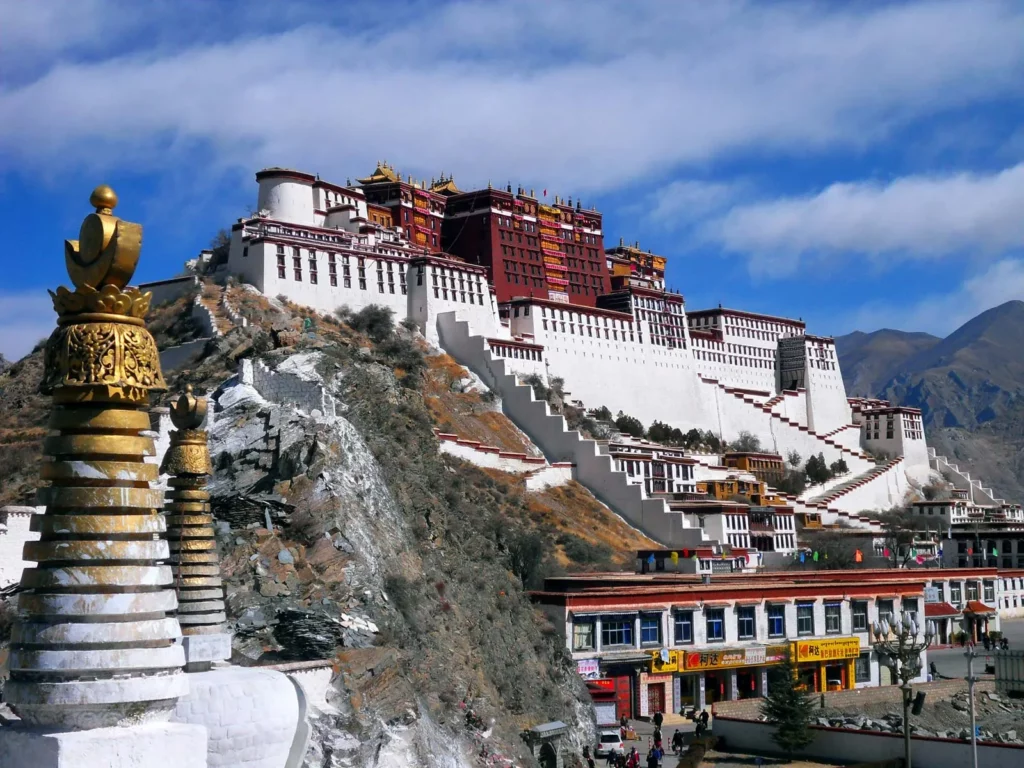
China’s campaign to “re-educate” Tibetans involves far-reaching efforts to destroy Tibetan culture. Monasteries have been destroyed, monks have been forced to pledge allegiance to the Communist Party, and Tibetan language and traditions are being systematically erased.
Tibetan Resistance and Protests
Despite the relentless oppression, the Tibetan spirit of resistance remains strong. Over the years, Tibetans have employed various forms of protest, including civil disobedience and demonstrations. Perhaps the most shocking form of protest has been the wave of self-immolations, where over 160 Tibetans have set themselves on fire in desperate calls for independence and religious freedom. These protests have done little to sway the Chinese government, but they highlight the lengths Tibetans will go to for their freedom.

Religious Suppression and Cultural Erosion
China’s response to the Dalai Lama and the Tibetan resistance has been marked by repression. The Chinese Communist Party (CCP) has made significant efforts to eradicate Tibetan identity, including demolishing monasteries, banning religious practices, and forcing the teaching of Chinese in Tibetan schools. Furthermore, Beijing’s policy of relocating ethnic Han Chinese into Tibet as part of a broader strategy of Sinicization has steadily eroded Tibet’s cultural and demographic fabric. Despite international condemnation and periodic protests from human rights organizations, the global community has largely remained indifferent, unwilling to take strong actions against China due to its growing economic and political influence on the world stage.
China’s Strategic Use of Tibet’s Resources for Regional Influence
While the political struggle for Tibetan autonomy and the preservation of Tibetan culture continues, China has taken a more calculated approach to exploiting Tibet’s natural resources, especially water. Tibet is known as “the third pole” and is the water tower of Asia as its glaciers and rivers provide vital freshwater to over a billion people across the continent. The Tibetan Plateau is the source of many of Asia’s major rivers, including the Yangtze, Yellow, Brahmaputra, Mekong, and Salween. These rivers flow through China and into multiple neighboring countries, including India, Bangladesh, Nepal, Myanmar, Laos, Cambodia, Thailand, and Vietnam. Consequently, Tibet’s water resources hold immense strategic importance.
Recognizing the geopolitical leverage afforded by control of Tibet’s water resources, China has embarked on an ambitious campaign of dam construction and water diversion projects in the region. The most notable of these is the series of dams built on the Brahmaputra River, which originates in Tibet and flows into India and Bangladesh. These dams give China significant control over the flow of water downstream, raising concerns in India and Bangladesh about the potential for water shortages, reduced agricultural productivity, and environmental damage.
By controlling the headwaters of these rivers, China has the ability to regulate the flow of water to neighboring countries, giving it significant leverage in regional geopolitics. For India, in particular, this has been a source of considerable tension. The Brahmaputra River is a lifeline for millions of people in India’s northeastern states, and China’s control over its water flow is viewed as a potential threat to both the economy and national security. This issue has further complicated the already strained relations between the two Asian giants, particularly in the context of ongoing border disputes in the Himalayas.
China’s dam-building activities have not been limited to the Brahmaputra. The country has also built numerous dams on the Mekong River, which flows through Myanmar, Laos, Thailand, Cambodia, and Vietnam. These dams have caused significant disruptions to the natural flow of the river, leading to water shortages, reduced fish populations, and other ecological problems downstream. The Mekong is a critical source of livelihood for millions of people in Southeast Asia, and China’s control over its flow has led to growing concerns about water security and regional stability.
The Environmental Impact of China’s Exploitation of Tibet’s Water Resources
The environmental consequences of China’s exploitation of Tibet’s water resources are far-reaching and potentially catastrophic. Tibet is home to some of the world’s largest glaciers outside of the polar regions, and these glaciers feed the rivers that flow into much of Asia. As climate change accelerates the melting of these glaciers, the long-term availability of water in the region is under threat. While China’s dam-building projects may provide short-term control over water flow, they do little to address the broader issue of diminishing water resources caused by climate change.
The Tibetan Plateau is a highly fragile ecosystem, and the construction of large-scale infrastructure projects, such as dams and roads, has led to significant environmental degradation. The disruption of natural water flow, deforestation, and mining activities have all contributed to soil erosion, loss of biodiversity, and the destruction of critical habitats. These environmental impacts are not limited to Tibet itself but extend to neighboring countries that rely on the rivers originating in Tibet for agriculture, fisheries, and drinking water. The disruption of these water systems has the potential to cause widespread environmental devastation, which in turn threatens the livelihoods of millions of people downstream.
The Consequences of China’s Damming of the Brahmaputra River
For instance, the construction of dams and water diversion projects on the Brahmaputra River in Tibet has raised concerns about the ecological sustainability of the region. Damming such a significant river disrupts the natural sediment flow, which is essential for maintaining fertile agricultural lands in India and Bangladesh. These sediments are vital for replenishing the soil during monsoon floods, and without them, agricultural productivity may decline drastically. Furthermore, damming can severely impact fish populations, leading to a decline in biodiversity and negatively affecting local communities that depend on fishing for their livelihoods.
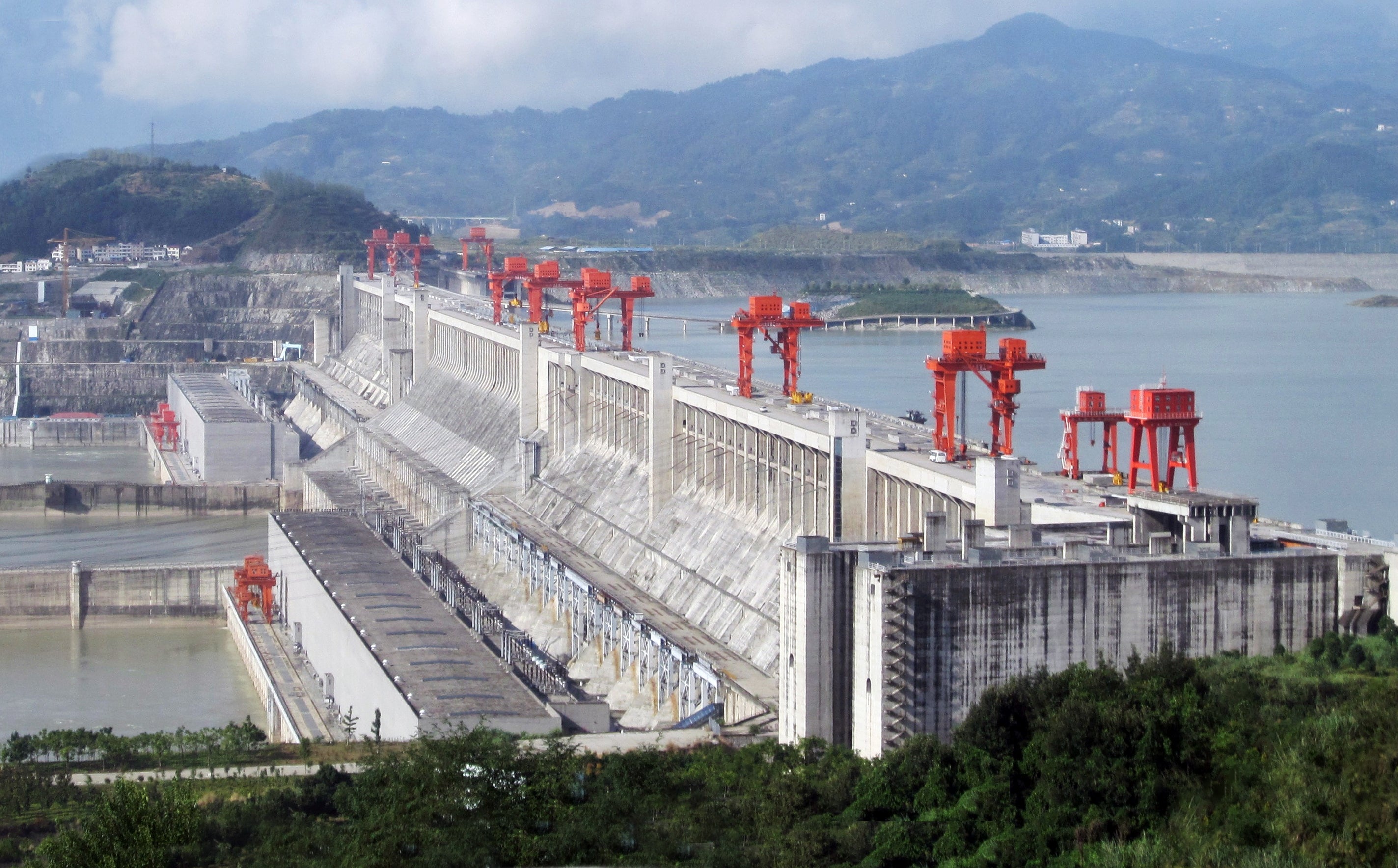
In Southeast Asia, countries along the Mekong River have already felt the impact of China’s upstream activities. The Mekong’s natural ebb and flow have been altered by the series of dams China has built in Yunnan province. In regions like Cambodia and Vietnam, the river’s unpredictable flow has caused water shortages, reduced fish catches, and threatened agricultural output. In particular, Cambodia’s Tonle Sap Lake, the largest freshwater lake in Southeast Asia and a critical fishery, has seen its water levels fluctuate more dramatically than ever before, leading to a crisis for local fishermen.
The Risk of Glacial Lake Outburst Floods, GLOFs
Additionally, the risk of glacial lake outburst floods (GLOFs) has been exacerbated by climate change and increased human activity on the Tibetan Plateau. GLOFs occur when the dam of a glacier lake, typically composed of ice or glacial debris, suddenly breaks, releasing a large amount of water downstream. The frequency of these floods has been rising due to the rapid melting of glaciers, and Chinese infrastructure projects, which involve further destabilizing these fragile environments, only compound the risk. The devastation from a GLOF would not only affect Tibet but could also severely damage areas in India, Nepal, and Bhutan, potentially resulting in widespread loss of life and property.
The Struggle for Tibet’s Independence: Geopolitical Implications for South Asia and Beyond
The geopolitical stakes surrounding Tibet and its resources are significant. China’s control over the headwaters of major rivers like the Brahmaputra and Mekong gives it a form of strategic leverage over neighboring countries, effectively allowing it to use water as a tool of political pressure. This hydro-political strategy has caused increasing tension, particularly with India, which shares a long and contested border with China in the Himalayas.
India’s Complicated Role in Tibet’s Struggle for Freedom
India, Tibet’s closest neighbor, also plays a complex role in the power struggle. While India has provided asylum to the Dalai Lama and thousands of Tibetan refugees, it has refrained from taking stronger political stances against China. India’s first Prime Minister, Jawaharlal Nehru, signed an agreement with China in hopes of fostering peaceful coexistence, a move criticized for its naïveté in light of China’s oppressive policies. While India has often been at odds with China over the shared border and other issues, the Tibet question has been largely sidelined in favor of economic pragmatism and regional stability.

Tibet has always been a flashpoint in Sino-Indian relations, but the construction of Chinese dams on the Brahmaputra has further strained ties. India, already wary of Chinese influence in the region, views China’s control over the river as a potential threat to its national security. India’s northeastern states, which rely heavily on the Brahmaputra for agriculture and drinking water, are particularly vulnerable to any changes in the river’s flow.
In the event of a future conflict, China could potentially use its control over the Brahmaputra to apply pressure on India by restricting water flow, causing droughts, or releasing excess water to cause flooding. This situation is compounded by ongoing border disputes between China and India, particularly in the regions of Aksai Chin and Arunachal Pradesh.
India’s Border Conflict with China
The border conflict between India and China has been an ongoing source of tension, with both nations claiming disputed territories like Arunachal Pradesh and Ladakh. Skirmishes along the border have intensified in recent years, underscoring the geopolitical importance of Tibet as a buffer zone. Despite India’s desire to maintain peaceful relations, the unresolved border dispute reflects deeper issues of control and influence in the region.
The two countries fought a brief but bloody war in 1962, and tensions have flared up repeatedly in recent years, most notably in the 2020 Galwan Valley skirmish, which resulted in the deaths of soldiers on both sides. The strategic importance of Tibet, both as a buffer zone and a source of water, plays a central role in these disputes. As China continues to fortify its infrastructure in Tibet, including the construction of highways, railways, and military installations, India remains deeply concerned about its growing influence in the region.
Growing Tensions in Southeast Asia: The Dilemma of Depending on Chinese Trade and Protecting Water Security
In addition to the tensions with India, China’s activities in Tibet have broader implications for Southeast Asia. The Mekong River, which flows from Tibet through China and into countries like Myanmar, Laos, Thailand, Cambodia, and Vietnam, is a critical resource for these nations, supporting agriculture, fisheries, and hydropower generation. China’s dam-building activities on the upper Mekong have already led to significant water shortages downstream, prompting fears that Beijing could use its control over the river to exert political pressure on its neighbors.
Southeast Asian countries are increasingly finding themselves caught in a difficult position. On the one hand, they rely on China for economic investments and trade, particularly through initiatives like the Belt and Road Initiative (BRI), which promises significant infrastructure development in the region. On the other hand, they are acutely aware of the risks posed by China’s control over the Mekong, and some nations, like Vietnam, have voiced concerns over the potential for water-related conflicts. These nations are left grappling with the challenge of balancing their economic reliance on China with the need to protect their own water security and environmental stability.
The Risk of China’s Control to Global Geopolitics
The broader implications of China’s control over Tibet’s water resources extend beyond Asia. As climate change accelerates and water becomes an increasingly scarce and valuable resource, China’s control over the Tibetan Plateau could become a source of tension in global geopolitics. Water security is poised to become one of the defining issues of the 21st century, and nations that control significant freshwater resources will have a powerful tool at their disposal. For China, the ability to control the flow of water to multiple neighboring countries enhances its position as a regional hegemon and gives it a strategic advantage that could be used in future diplomatic and military negotiations.
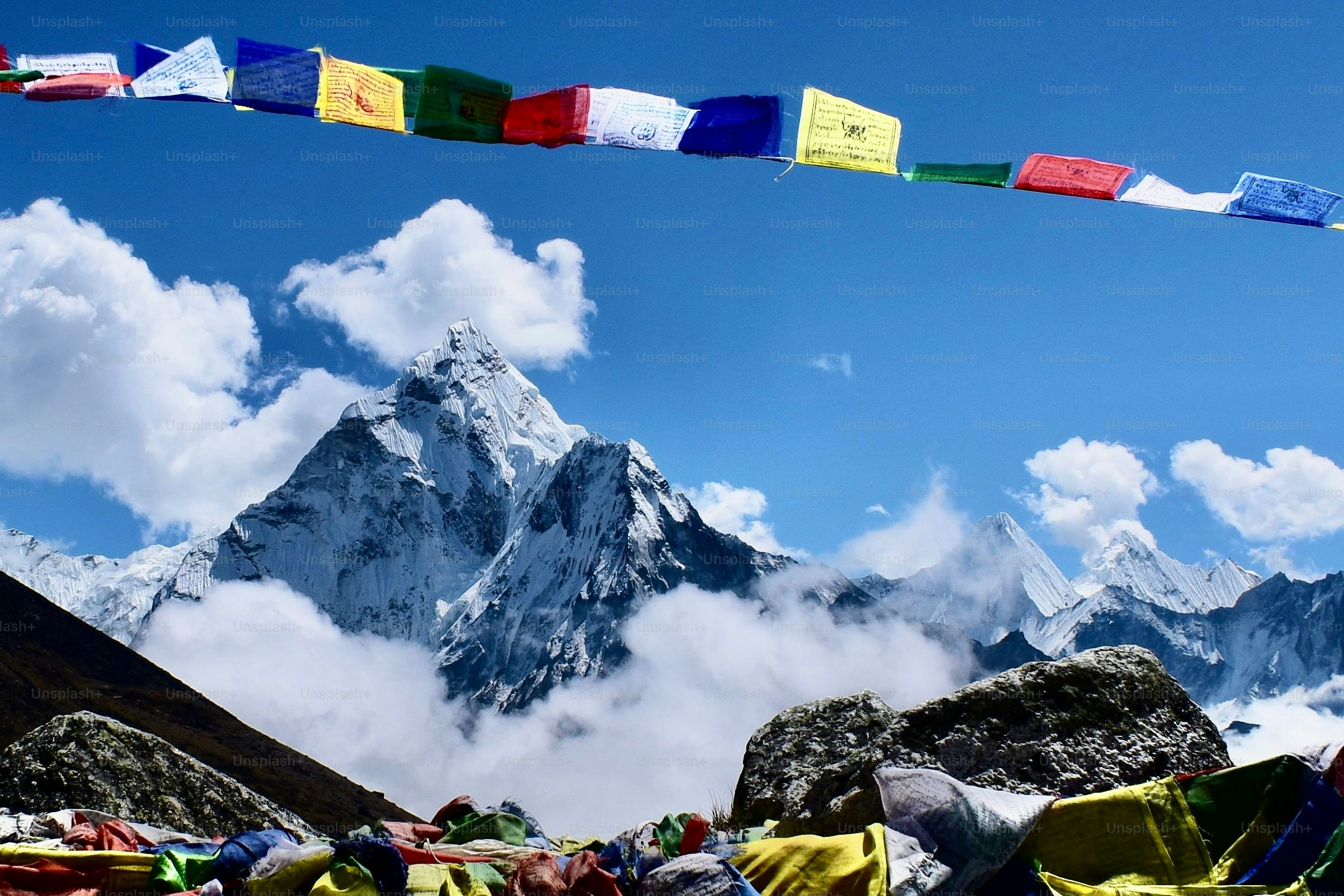
The Faltering Role of the International Community: Silence and Complicity
Global Indifference to Tibet’s Struggle for Independence and the Role of Economic Interests
One of the most striking aspects of the Tibetan crisis is the global community’s largely indifferent response to China’s actions. Despite widespread reports of human rights abuses, cultural suppression, and environmental degradation in Tibet, the international response has been tepid at best. While countries like the United States and members of the European Union have periodically expressed concern over China’s policies in Tibet, these statements have rarely been followed by concrete actions. The Dalai Lama’s calls for greater autonomy and respect for Tibetan culture have garnered sympathy around the world, but this has not translated into any significant political or economic pressure on China.
Why is the International Community Indifferent to Tibet’s Struggle?
There are several reasons for this global inaction. Chief among them is China’s growing economic and political influence on the world stage. As the world’s second-largest economy and a key trading partner for many nations, China has significant leverage over the international community. Many countries are reluctant to jeopardize their economic ties with Beijing by taking a strong stance on Tibet, particularly at a time when global markets are increasingly interdependent. China has also been adept at using its economic influence to silence criticism, particularly through initiatives like the Belt and Road Initiative, which offers infrastructure investment and financial aid to countries around the world.
Additionally, China’s position as a permanent member of the United Nations Security Council gives it considerable diplomatic power, allowing it to block or influence any resolutions that might condemn its actions in Tibet. As a result, the international community’s ability to hold China accountable for its actions in Tibet is severely limited, and global organizations like the United Nations have been largely ineffective in addressing the issue.
Human rights organizations have continued to document the abuses taking place in Tibet, from the destruction of monasteries and religious artifacts to the forced assimilation of Tibetans into Chinese society. Reports of arbitrary detention, torture, and forced disappearances of Tibetan activists and religious leaders continue to surface, but these reports often fail to garner widespread attention in the international media. The Dalai Lama, who has long advocated for a nonviolent solution to the Tibetan crisis, has expressed disappointment at the lack of meaningful international support for the Tibetan cause.
The Worrying Trend of Growing Global Indifference to Human Rights Abuses
As the world becomes more interconnected, the plight of Tibet has become emblematic of a broader trend of global indifference to human rights abuses in favor of economic and political considerations. The erosion of Tibetan culture and the environmental destruction taking place in the region are not isolated issues—they are part of a larger global crisis in which powerful nations exploit weaker regions for resources, while the international community looks the other way.
The Dalai Lama and Tibet’s Spiritual Struggle
The Symbolism of the Dalai Lama
The Dalai Lama remains the most powerful symbol of Tibetan resistance. Since his exile in 1959, he has tirelessly advocated for Tibet’s freedom, using peaceful means and championing a “Middle Way” approach, which seeks autonomy for Tibet within China rather than full independence. His philosophy, deeply rooted in Buddhism, rejects extremism and emphasizes compassion and dialogue.

The Succession Crisis: How Will the Next Dalai Lama Be Selected?
With the current Dalai Lama now in 89 years old, the issue of his succession looms large over Tibet. China has already announced plans to install its own Dalai Lama, a move widely seen as an attempt to further consolidate control over Tibet and undermine the Tibetan religious tradition. This would not only serve as a propaganda victory for China but also weaken Tibetan unity. Meanwhile, the Dalai Lama has suggested unorthodox solutions, including the possibility of a female Dalai Lama or having multiple reincarnations, complicating China’s plans.
Potential Solutions to the Tibetan Crisis and the Role of the International Community
The Path to Tibetan Independence
Achieving Tibetan independence or even greater autonomy remains a distant goal. A combination of diplomacy, economic pressure, and international support is needed to advance the Tibetan cause. Even so, the global community has been reluctant to challenge China, one of the world’s largest economies. For Tibet to regain autonomy, world leaders must prioritize human rights over economic interests.
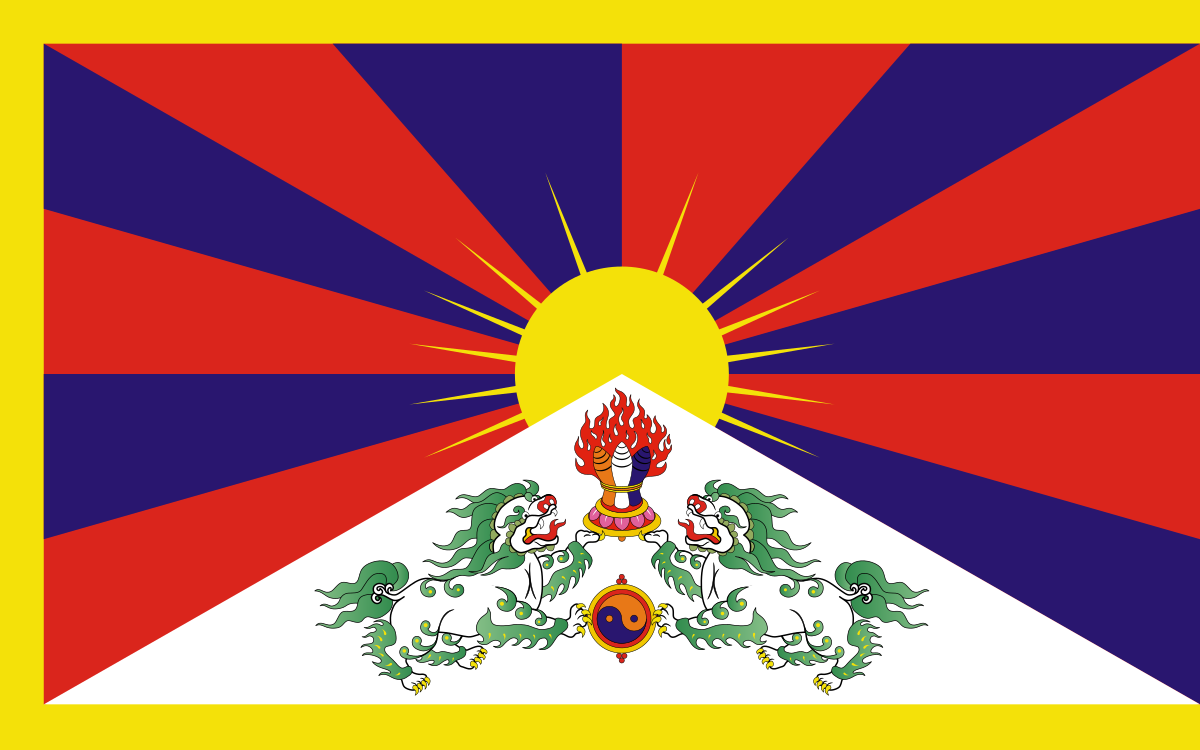
How the International Community Can Help
Countries around the world can take more assertive stances on the Tibetan issue. Pressure can be applied through sanctions, international condemnation, and public diplomacy. International bodies like the UN could push for a resolution that calls for genuine autonomy and human rights protections for Tibetans. Additionally, the Tibetan diaspora must continue to raise awareness about Tibet’s plight, leveraging the power of media and international advocacy.
Conclusion: Tibet’s Ongoing Struggle in a Changing World
The struggle over Tibet is far more than a localized conflict between China and a marginalized population. It represents the convergence of several global challenges: the preservation of cultural identity, the management of critical natural resources, and the growing impact of climate change on geopolitical stability. As China continues to assert its dominance over Tibet, the region’s resources, particularly its water, are being used to bolster Beijing’s regional influence, often at the expense of environmental sustainability and the well-being of neighboring nations.
The global community’s response to Tibet’s crisis—or lack thereof—highlights the difficult choices that nations must make in balancing human rights and environmental concerns with economic and political interests. For the Tibetan people, the struggle for autonomy continues, even as their homeland is transformed into a battleground for China’s larger ambitions in Asia.
Moving forward, the world will need to grapple with the implications of China’s control over Tibet’s resources, not only for the region’s geopolitical future but also for the millions of people across Asia who depend on Tibet’s rivers for their survival. As climate change accelerates and water becomes an increasingly scarce and valuable commodity, Tibet’s importance will only grow. The question is whether the international community will continue to turn a blind eye to the crisis in Tibet or whether it will finally take meaningful action to address the environmental, political, and human rights issues at stake.
The future of Tibet—and perhaps the stability of much of Asia—may well depend on the answer.
This article was written with the help of A.I for topic research and formulation.







